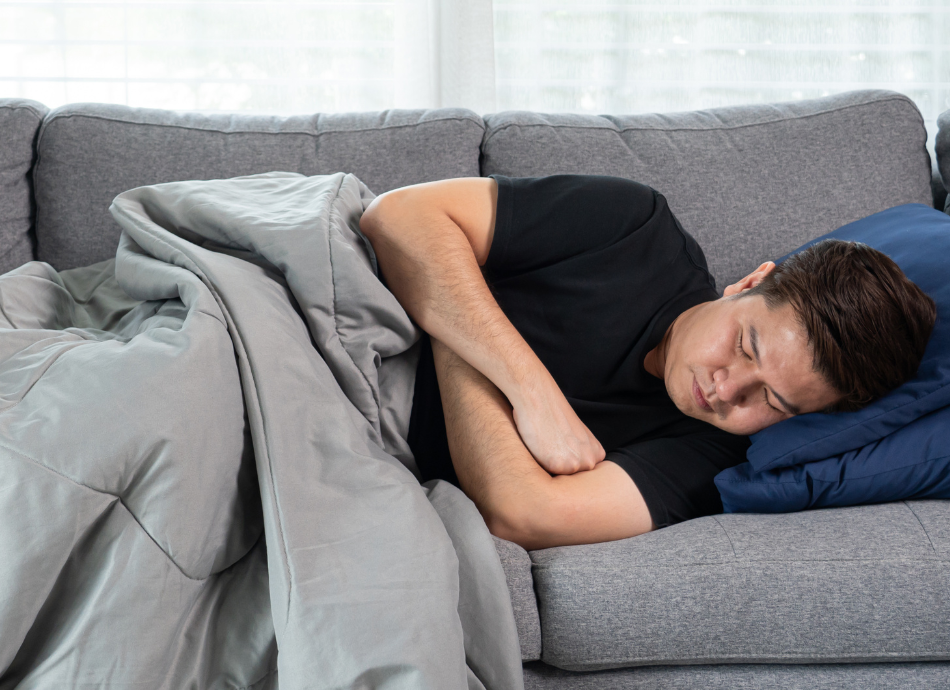Video: Haemochromatosis - animation
This video may take a few moments to load.
(Haemochromatosis Australia, 2014)

Low or no data? Visit zero.govt.nz, scroll down the page then click on our logo to return to our site and browse for free.

This video may take a few moments to load.
(Haemochromatosis Australia, 2014)
Primary haemochromatosis is the most common form. It is a genetic disorder passed down through families. It results in problems controlling iron absorption from your intestine and iron levels in your blood and body tissues. The abnormal gene is very common, with one in 12 people being a carrier.
Secondary (acquired) haemochromatosis is caused by other conditions (such as thalassemia or some anaemias), or as a result of multiple blood transfusions or long-term alcoholism.
While haemochromatosis can occur in people of all age groups, it tends to be detected in men between the ages of 30–50 years and doesn't usually cause symptoms in women until they are over the age of 60. The symptoms can include:
This video may take a few moments to load.
(Haemochromatosis Australia, 2019)
If someone in your family has iron overload, or you think you may have symptoms, see your doctor for a blood test. The main test is an iron saturation test and/or a raised serum ferritin level to see how much iron is stored in your body. To confirm a diagnosis, you need a blood test to see if you carry the haemochromatosis genes.
Sometimes other tests are needed such as:
If your brother or sister has haemochromatosis, talk to your doctor about whether genetic testing is possible. You have a 25% risk of having the disease and 50% risk of being a carrier (able to pass the gene on to your own children). Other close family/whānau members may be screened as well.
The key goal of treatment for haemochromatosis is to remove excess iron from your body and treat any organ damage. The simple way to do this is by giving blood regularly. This is also known as venesection or phlebotomy.
To start with, this may need to be done once a week, until the iron levels and iron stores in your body are back to normal. This procedure can then be done less often, depending on how much iron is in your food and how your body responds to it. Once your iron levels are back to normal, they will be tested regularly and you may need to have more blood removed from time to time.
If haemochromatosis goes undetected, iron builds up in organs and body tissues and, over time, this can lead to:
If you have the inherited form of haemochromatosis it is a lifelong condition that cannot be cured. But early diagnosis and treatment can avoid symptoms and complications. If complications such as diabetes or liver scarring have already developed, they can’t be cured by removing blood. So, it is important to consult a doctor early if you think you may have haemochromatosis or if somebody in your family/whānau has it.
If you have haemochromatosis, you may be advised that diet has not been effective to reduce your iron stores, but you can try the following suggestions:
It also helps to:
Haemochromatosis(external link) Leukaemia and Blood Cancer NZ
Haemochromatosis(external link) NHS, UK
Haemochromatosis(external link) National Institute Diabetes and Digestive Disorders, US
Haemochromatosis(external link) Medline Plus, US
Haemochromatosis – a guide for patients, families and whānau(external link) Leukaemia & Blood Cancer New Zealand, 2019
Hereditary haemochromatosis – how to treat update(external link) Australian Doctor, 2013
Identifying and managing hereditary haemochromatosis in adults(external link) BPAC, NZ, 2015
Credits: Healthify editorial team. Healthify is brought to you by Health Navigator Charitable Trust.
Reviewed by: Dr Sharon Leitch, GP and Senior Lecturer, University of Otago
Last reviewed:
Page last updated: